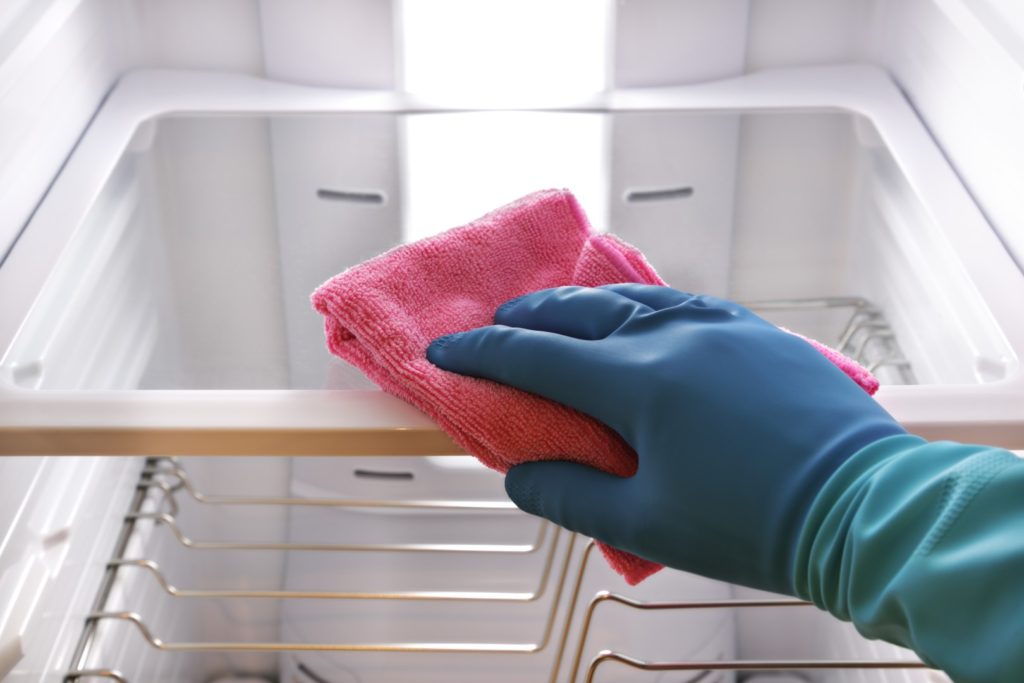Since our last post we have dispelled a few appliance myths, now let’s look at a few more to see if there is any truth behind them.
Myth #1: Appliances Don’t Use Power While They Are in Stand-by Mode
You aren’t alone if you think that just because you’re not using your appliances that they are not using any electricity. Truth is that your appliances do consume a lot of energy when not being used and that goes for your home electronics as well.
Today, we are more conscious of our energy usage, most consumers are starting to take advantage of the non-peak hours to run their appliances. However, those appliances in ‘stand-by’ mode can use as much as 15-30 watts per hours and that definitely adds.
If you want to truly cut down your energy bill, don’t just shut your appliances off; you need to actually unplug them. Here is a tip, if you turned off any of your appliances but you still see a light glowing or blinking, guess what? It is still using power and needs to be unplugged.
Myth #2: It’s Okay to Use Oven Cleaner on Your Cooktop

Having a glass cooktop requires cleaning after usage, but do not use an abrasive cleaner on your cooktop. If you want your cooktop looking like new it is quite important to clean it properly to prevent scratches and other damage.
Here are a few tips on what you can use and what you should never use on your glass cooktop.
Never Use:
- Abrasive cleaners
- Metal or nylon scouring pad
- Chlorine Bleach
- Ammonia
- Glass Cleaner
- Oven Cleaner
Use:
- Cooktop Cleaner – for more information on what cooktop cleaner to use, Goodhousekeeping shares some insight on the best cleaners on the market.
- Non-abrasive pads or cloths
For more tips on how to clean your cooktop, check out the 5 cleaning tips from How Stuff Works.
Myth #3: Baking Soda Is the Best Way to Absorb Odour
We can all remember putting an open box of baking soda on a shelf in the back of our refrigerators with the hopes of getting rid of unwanted stench of whatever was growing in the refrigerator. Baking soda is indeed a good solution, however, it turns out that activated charcoal filters are better at absorbing the odour than our tried and true baking soda.
Charcoal filters are quite effective beyond the kitchen, they work great to get in shoe closets, kitchen cupboards, hockey bags, and even near cat litter boxes. HowStuffWorks tells you why charcoal is used in filters.
Myth #4: You Only Need to Clean the Inside of Your Refrigerator

Most of us clean the inside of our refrigerators on a regular basis but it isn’t the inside that we need to worry about. Cleaning the outside of your refrigerator is quite important to maintain the longevity and performance of your fridge.
We don’t just mean cleaning the surface, it is very important to clean the condenser coils too. Today’s fridges have the condenser coils located underneath the fridge so there are a few options that you can do.
You can vacuum and clean the toe grill ensuring that it is free of dust. Also, there are special refrigerator brushes that are designed to clean the dust off the coils. However, don’t worry, this only needs to be done a few times a year. If you need to purchase a brush check out the one offered by Rubbermaid.
Myth #5: It Is a Bad Sign If There Is Water in the Bottom of Your Dishwasher
It is a good thing that when a cycle is finished that there is left over water in the bottom of your dishwasher. Usually, this water can be found in the basin where the filter is located.
Having a little water inside the dishwasher keeps the seals properly moistened as to prevent possible cracks from occurring. If cracks do occur they can lead to bigger problems, like a major leak. So no need to worry if you see a little water collected at the bottom of your dishwasher, it is actually a good thing.
Stay tuned for more appliance myths in future posts, you won’t want to miss them.
Isabelle, Your Appliance Expert

